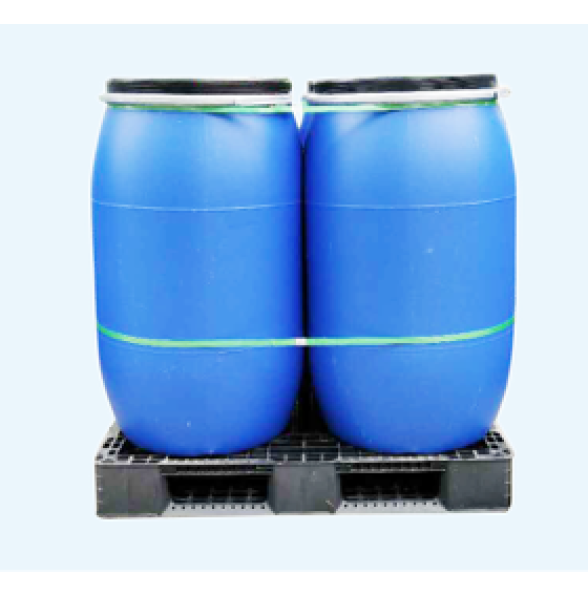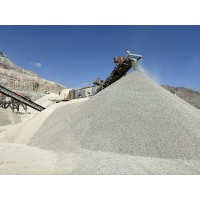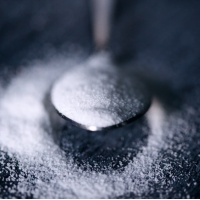Xanthan gum is a versatile food additive and thickening agent. It's gluten-free, used in a wide range of food products, and enhances texture and stability. It retains moisture, has minimal calories, and is easy to use. Xanthan gum also finds applications in cosmetics and industry, offering a safe and effective solution for thickening and stabilizing products.
| Property | Specification |
|---|
| Chemical Structure | Polysaccharide (complex carbohydrate) |
| Origin | Produced through fermentation by Xanthomonas campestris bacteria |
| Appearance | Fine, white to cream-colored powder |
| Solubility | Soluble in both hot and cold water |
| Viscosity | High viscosity, even at low concentrations |
| pH Stability | Stable across a wide pH range |
| Density | Approx. 1.5 g/cm³ |
| Gluten Content | Gluten-free, suitable for celiac and gluten-sensitive individuals |
| Water-Holding Capacity | Exceptional ability to retain water, maintaining moisture in food products |
| Usage Levels | Typically used in small quantities, as low as 0.1% of the total weight |
| Caloric Content | Virtually calorie-free |
| GRAS Status | Generally Recognized as Safe (GRAS) by regulatory agencies |
| Food Applications | Wide range, including sauces, dressings, soups, baked goods, and beverages |
| Non-Food Applications | Used in cosmetics and various industrial products as a thickener and stabilizer |
|


 Chemical
Chemical Agricultural
Agricultural Main Bulks
Main Bulks Construction
Construction Energy
Energy Industrial
Industrial Minor Bulks
Minor Bulks




